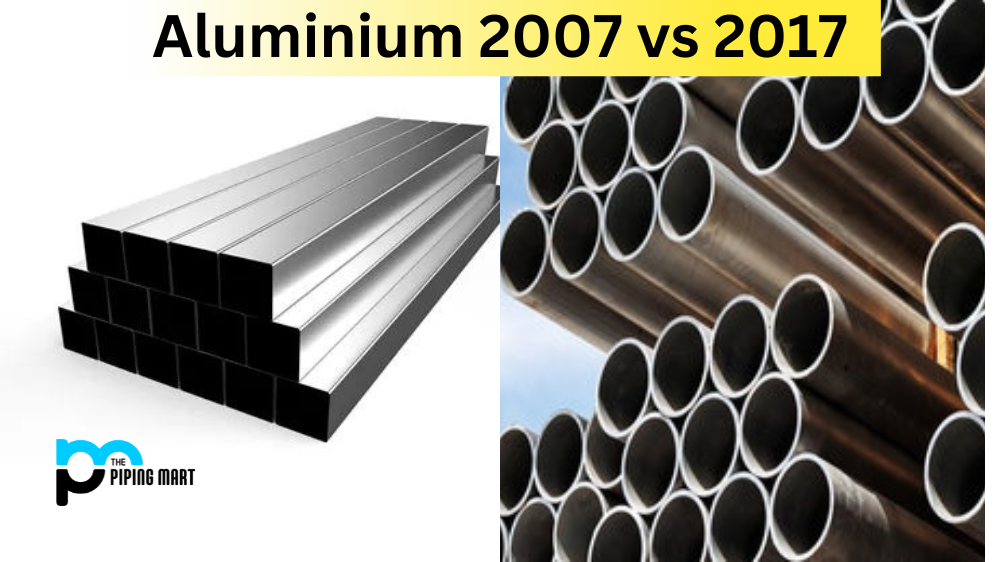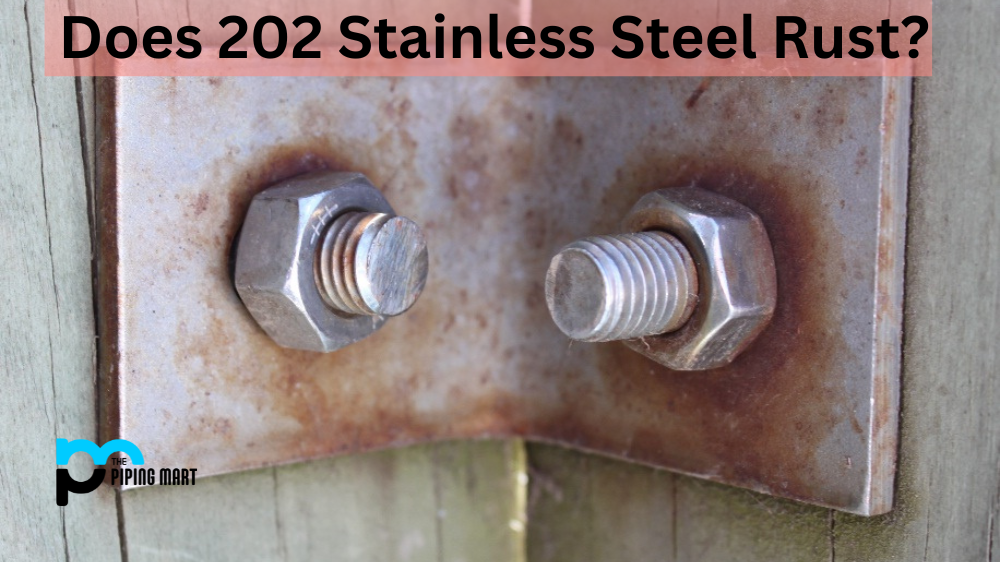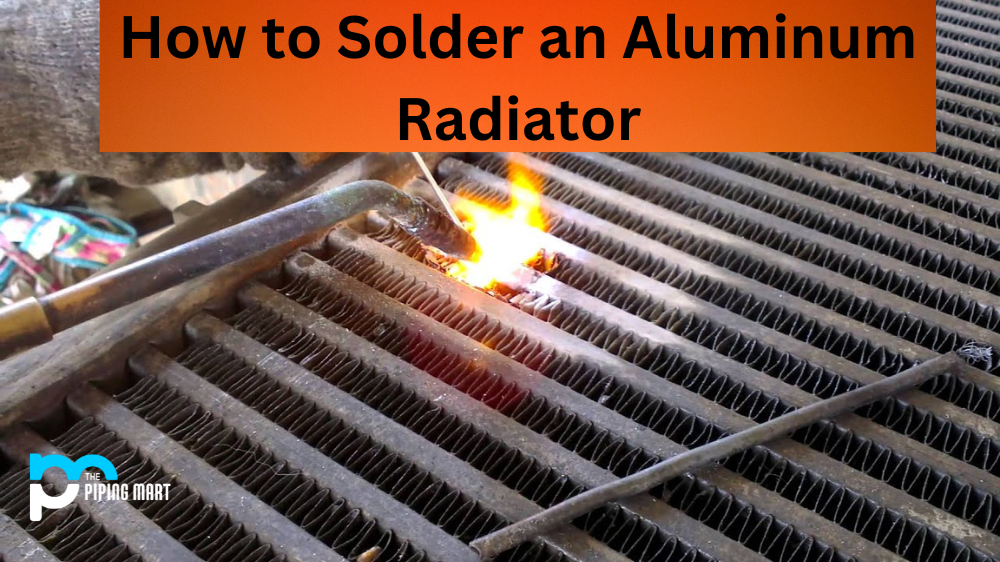Aluminium is a popular material when it comes to building and construction. But did you know that not all aluminium is created equal? The composition and quality of aluminium alloys can make all the difference in how well it performs over time. In this blog, we’ll compare two common aluminium alloys, 2007 and 2017, and discuss their differences, strengths, and weaknesses.
What is Aluminium 2007?
The 2007 aluminium alloy is a high-strength material often used in the aerospace and transportation industries. It contains copper and magnesium, which enhance its strength and corrosion resistance. The 2007 alloy is ideal for parts that require good machinability, durability, and fatigue resistance. This alloy also offers good weldability, making it a popular choice for welding applications.
What is Aluminium 2017?
On the other hand, the 2017 aluminium alloy is known for its superior strength and toughness. It contains copper, magnesium, and zinc, which give it excellent mechanical properties. The 2017 alloy is commonly used in applications that require high-strength parts, such as marine, military, and aircraft equipment. This alloy also has good weldability, but its corrosion resistance is better than that of the 2007 alloy.
Difference Between Aluminium 2007 and 2017
Comparing the Two Alloys
The 2007 and 2017 aluminium alloys have different compositions and properties, which make them suitable for different applications. The 2007 alloy is a good choice when you need a material that is easy to machine, has good corrosion resistance, and can withstand fatigue and stress. The 2017 alloy is best for applications requiring the highest strength and toughness, but corrosion resistance is less of a concern.
Weldability
While both alloys offer good weldability, care should be taken when welding the 2017 alloy, as it tends to crack more easily than the 2007 alloy. Welding 2017 alloy requires a higher heat input and slower cooling rate than the 2007 alloy to avoid cracking.
Conclusion
In summary, the decision to use either the 2007 or 2017 aluminium alloy depends on the requirements of your specific application. If you need a material that is easy to machine, has good corrosion resistance, and can handle stress and fatigue, the 2007 alloy is a great choice. If your application requires the highest strength and toughness, and corrosion resistance is less of a concern, the 2017 alloy is the way to go. Regardless of which alloy you choose, follow appropriate handling and manufacturing guidelines to ensure your aluminium parts’ best performance and longevity. With proper care, both 2007 and 2017 aluminium alloys can serve your needs well.

A passionate metal industry expert and blogger. With over 5 years of experience in the field, Palak brings a wealth of knowledge and insight to her writing. Whether discussing the latest trends in the metal industry or sharing tips, she is dedicated to helping others succeed in the metal industry.




